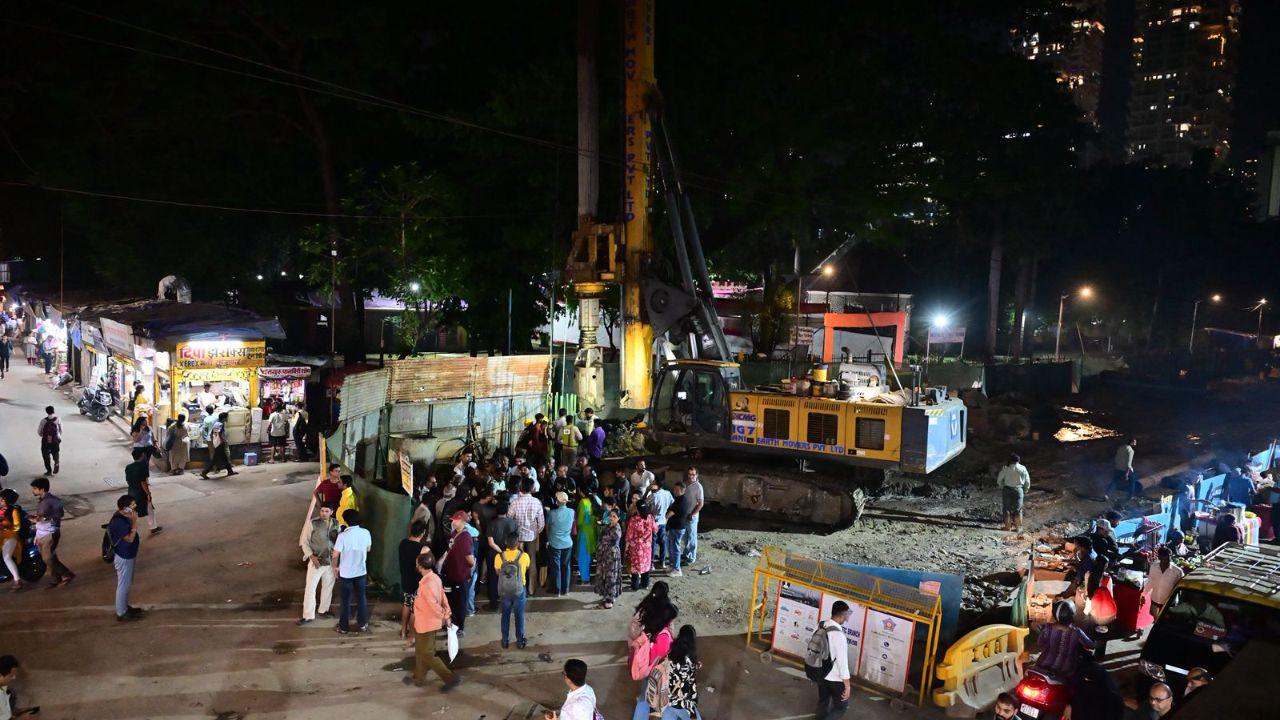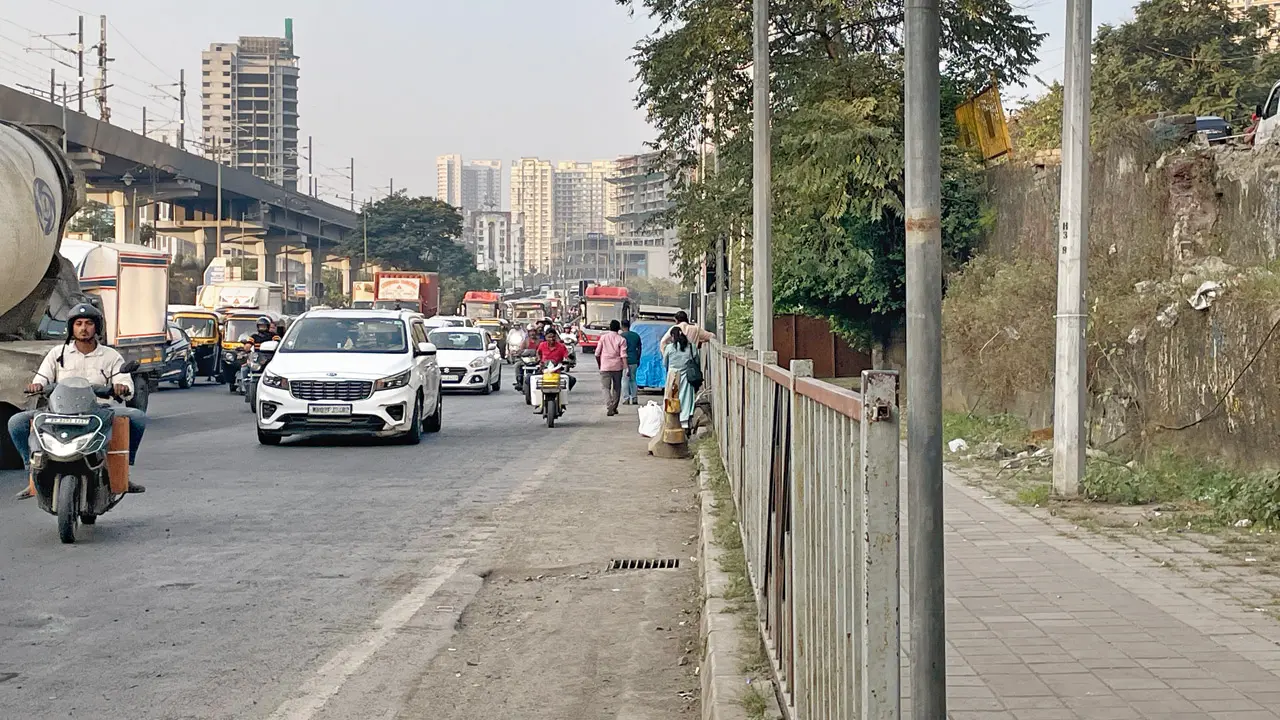As cybercrime evolves into a global industry worth trillions, Maharashtra Cyber faces a new breed of criminal — organised, tech-savvy, and ruthless. In an exclusive interview, Additional Director General of Police, Maharashtra Cyber, Yashasvi Yadav, talks to mid-day about the changing face of cybercrime, how “cyber slaves” are being forced into fraud from foreign camps, and how the state’s cyber command centre is racing to protect citizens, money, and minds. Excerpts from the interview:
Cybercrime seems to be increasing every day. What is the current situation?
The old image of a hacker in a hoodie sitting behind a computer is outdated. Cybercrime today is a trillion-dollar business — globally worth nearly USD 6 trillion, which is double India’s GDP. It now functions like an organised industry with employees, targets, and work shifts. In fact, most cybercrimes happen on Fridays, they work the whole week and take weekends off. A shocking new phenomenon we’ve uncovered is cyber slavery. People are being lured with fake job offers to countries like Myanmar and Thailand, where they’re kidnapped, tortured, and forced to run online scams against Indian citizens from what are known as KKR centres. Cybercrime has truly industrialised.
Maharashtra Cyber office at Navi Mumbai. Pic/By special Arrangement
What vulnerabilities are criminals exploiting to commit these frauds?
The main vulnerability is our own dependence on smartphones. India has over 70 crore smartphones, each smartphone with about 1.12 lakh functions — but most users barely use 50 of them. Cybercriminals exploit this gap in awareness. They use the hidden or advanced features of these devices to carry out complex crimes, knowing that users won’t even realise how their data is being misused.
What can citizens do to protect themselves?
Awareness is key. Before getting a driving licence, one must learn how to drive. Similarly, before using a smartphone — essentially a supercomputer — we must learn cyber hygiene.
Additional Director General of Police, Maharashtra Cyber, Yashasvi Yadav
People can find extensive resources online by simply searching for cyber hygienic behaviour. Maharashtra Cyber also shares daily awareness posts and videos on its official social media handle, @MahaCyber (on Facebook, Instagram, and YouTube).
In the last three months alone, our awareness film helped over 3000 citizens avoid “digital arrest” scams after recognising fraud patterns in time. Self-learning is the first line of defence.
What major types of cybercrimes are rising, and what steps are being taken?
Every day in India, 700 women face cyberbullying, 48 organisations are hit by ransomware, and 1300 people are targeted through OTP or financial scams.
Maharashtra Cyber operates both the 1930 and 1945 helplines — the only agency in the world to offer online e-FIR registration from home. These numbers allow citizens to report fraud instantly and freeze stolen funds before they disappear.
We’re now merging both into a unified 1930 helpline for faster assistance. If citizens call immediately after a scam, the system can block their money in real time and even recover it later.
How effective has the helpline been?
This year, we have saved nearly Rs 1000 crore of citizens’ money that had already been transferred to fraudsters’ accounts. These recoveries span cases of digital arrests, OTP scams, and sextortion.
One case that stayed with me was a senior citizen who lost Rs 15 lakh — his daughter’s wedding savings. When he got it back, it was an emotional moment. That moment captured why this work matters.
Cyberbullying and sextortion among young women are also rising. How are you addressing this?
This year, 62 young women attempted suicide due to sextortion and cyberbullying. Thankfully, we rescued all of them in time. Saving their lives, alongside preventing Rs 1000 crore in fraud, has been our biggest achievement — protecting both lives and livelihoods.
What support is offered to such victims?
We’ve partnered with NGOs like Brush of Hope, led by Sheetal Gaggarani, to provide psychological counselling and rehabilitation. Many victims hesitate to come forward due to fear or stigma. Our counsellors help them overcome that fear, reminding them that the shame belongs to the offender, not the victim. These partnerships ensure victims get both emotional support and legal justice.
Cybercriminals are increasingly using cryptocurrency and money mule accounts. Is Maharashtra Cyber equipped to counter this?
Absolutely. We’ve built one of the world’s most advanced Cyber Command Centres, costing Rs 1200 crore. It integrates global forensic technology, skilled cyber experts, and police officers under one roof — a first of its kind anywhere in the world.
This facility recently helped solve a Rs 58-crore cyber fraud, recovering Rs 5 crore for the victim. It’s been recognised globally — showcased at the World Police Summit in Dubai (April 2025) and at the UN Convention Against Cybercrime (October 2025) as a world-class initiative. Countries like Mauritius have expressed interest in replicating our model, and I’ve been invited to guide their implementation.
The dark web continues to host drugs, weapons, and child pornography. How can this be tackled?
The internet we know — Google, social media — forms less than 10 per cent of the web. The rest lies in the deep web and darknet, which require special browsers like Tor.
The darknet is now a hub for illicit trade: drugs, arms, contract killings, and child exploitation. I’ve recommended building a national firewall — similar to China’s Great Firewall — to block darknet access. Restricting it could reduce cybercrime by up to 50 per cent.
Meanwhile, Maharashtra Cyber already uses darknet monitoring tools and has arrested several individuals involved in narcotics and illegal weapons trade. A mix of technology, enforcement, and regulation is the only way forward.











